Office USA: 706-658-1122 | Tech Support: 706-362-4813
Office Bulgaria: +359 431 64477
Revolutionizing Your DIY Projects: The Ultimate Guide to Essential Concrete Tools
In the realm of DIY projects, the right tools can make all the difference between a successful endeavor and an overwhelming challenge. Among these, concrete tools hold a pivotal role, empowering enthusiasts and professionals alike to bring their visions to life with precision and ease. Whether you are embarking on a simple home improvement task or tackling a larger, more ambitious project, understanding the various types of concrete tools available is essential.
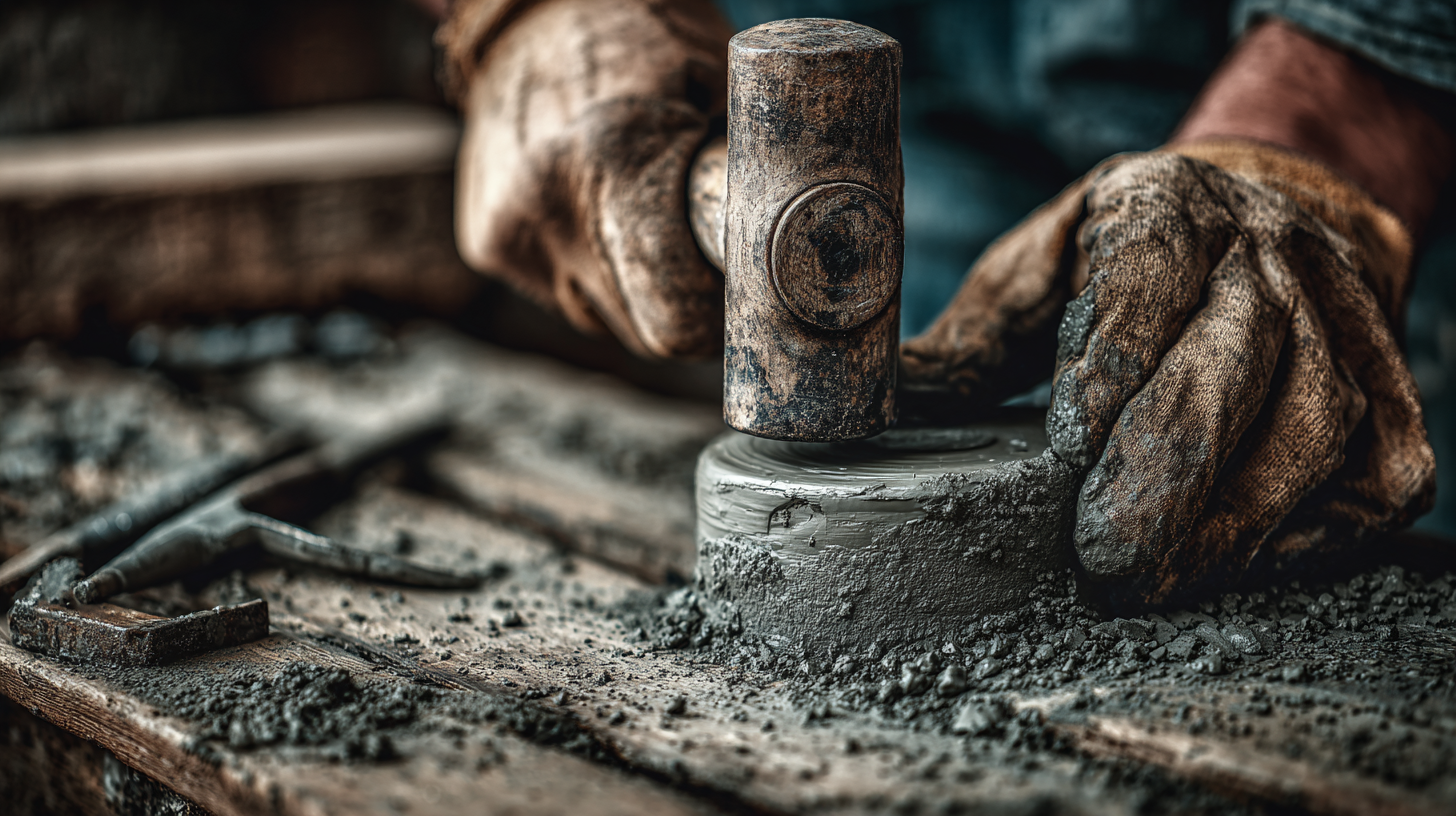
This guide serves as your ultimate resource, providing invaluable tips and insights to help you select the perfect tools for your needs. From mixers and trowels to saws and sealers, mastering these concrete tools will not only enhance your skills but also revolutionize the way you approach your DIY projects. With the right knowledge at your fingertips, you can transform ordinary spaces into extraordinary creations, paving the way for innovation and creativity in your hands.
Choosing the Right Concrete Tools for Your DIY Projects
When embarking on your DIY concrete projects, selecting the right tools is crucial for achieving professional results. According to the Concrete Reinforcing Steel Institute (CRSI), improper tool selection can lead to significant inefficiencies, increasing project time by up to 30%. The first step in choosing concrete tools is determining the size and scope of your project. For smaller jobs such as repairing driveways or laying patio slabs, essential tools like a trowel, float, and bull float are indispensable. In contrast, larger projects may necessitate more advanced equipment, such as concrete mixers and vibrators, to ensure proper consistency and finish.
In addition, understanding the types of concrete tools available can streamline your purchasing decisions. The American Concrete Institute (ACI) reports that investing in high-quality finishing tools can reduce the risk of common surface defects, such as cracking or scaling, by as much as 50%. For instance, power trowels can provide a smoother finish than manual methods, saving you both time and labor. Additionally, specialized tools, like screeds and edgers, are designed to enhance precision and efficiency, making them worthwhile considerations for any serious DIY enthusiast. By carefully evaluating your project needs and available tools, you can set yourself up for success in your DIY concrete endeavors.
Revolutionizing Your DIY Projects: The Ultimate Guide to Essential Concrete Tools
| Tool Type | Description | Key Features | Price Range |
|---|---|---|---|
| Concrete Mixer | Mixes concrete evenly for optimal consistency. | Portable, durable, and efficient mixing. | $300 - $800 |
| Concrete Trowel | Used to smooth and finish concrete surfaces. | Flexible blades for precision and control. | $10 - $60 |
| Concrete Vibrator | Eliminates air bubbles for a denser finish. | Lightweight, portable with powerful engine. | $150 - $500 |
| Concrete Level | Ensures that surfaces are even during installation. | Laser guided for precision leveling. | $50 - $200 |
| Concrete Saw | Cuts through cured concrete and masonry. | High RPM, diamond blade for smooth cuts. | $200 - $1,000 |
Essential Safety Gear for Working with Concrete
When embarking on DIY projects involving concrete, safety should be your foremost priority. According to the American National Standards Institute (ANSI), approximately 45,000 injuries related to construction work occur each year, with many resulting from improper safety protocols. Essential safety gear designed specifically for working with concrete can significantly mitigate these risks, ensuring a safer working environment.
A robust set of personal protective equipment (PPE) includes gloves, goggles, and respirators, which shield against potential hazards like concrete dust and flying debris. The Occupational Safety and Health Administration (OSHA) emphasizes the importance of using safety glasses or face shields when mixing or pouring concrete, as eye injuries constitute a significant portion of workplace incidents. Additionally, employing heavy-duty, waterproof gloves can protect hands from caustic chemicals found in concrete mixtures, reducing the risk of skin irritations and injuries.
Footwear is another critical aspect of safety gear. According to the Bureau of Labor Statistics, slips, trips, and falls make up nearly 32% of workplace injuries. Investing in steel-toed boots equipped with slip-resistant soles can offer valuable protection while navigating uneven surfaces. By prioritizing essential safety gear, DIY enthusiasts can not only protect themselves from common hazards but also enhance the overall efficiency and enjoyment of their concrete projects.
Essential Concrete Tools Usage in DIY Projects
Step-by-Step Guide to Mixing Concrete Like a Pro
Mixing concrete may seem daunting at first, but with the right tools and techniques, you can achieve professional results for your DIY projects. Start by gathering essential tools such as a sturdy wheelbarrow, a concrete mixer (or a drill with a mixing paddle), a shovel, and a trowel. These will ensure a smooth mixing process. When you're ready, measure out the dry ingredients—cement, sand, and gravel—carefully, aiming for a consistent mix ratio. Adding water slowly while mixing will help you achieve the perfect consistency.
**Tips**: Always wear gloves and a mask to protect yourself from dust and chemicals. If you're mixing large batches, consider using a mixer to save both time and effort. Aim for a creamy texture—not too runny, but not too thick. This will help prevent cracking when the concrete dries.
Once you've mixed your concrete, it's essential to pour it promptly to prevent it from setting in the mixer. Use your trowel to spread the concrete evenly in your form. Be sure to vibrate or tap the sides of the form gently to eliminate air bubbles, which can compromise the strength of your final product. With practice, you'll be mixing concrete like a pro in no time!
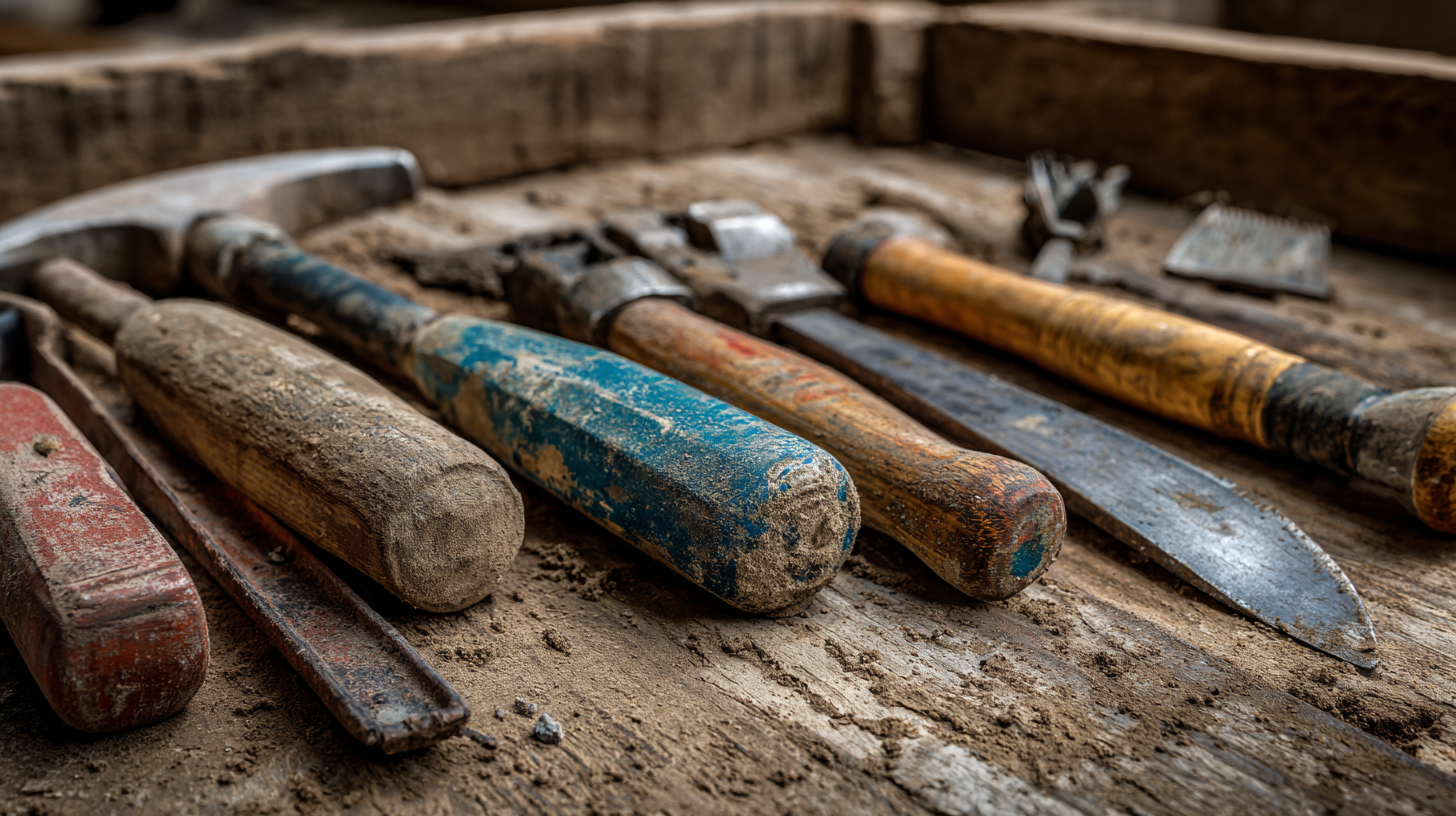
Techniques for Properly Finishing Concrete Surfaces
When it comes to achieving a smooth and professional finish on your concrete surfaces, the right techniques are essential. Proper preparation begins with ensuring your concrete mix is well blended and free from lumps. Always use high-quality materials, as this lays the foundation for a flawless surface. After pouring your concrete, it's crucial to use a float to help eliminate imperfections and to push excess moisture to the surface, enhancing the curing process.
Tips: To achieve an even surface, use a magnesium float as it's gentler on the concrete compared to a wooden one, preventing unwanted gouges. For larger areas, consider utilizing a power trowel, which can save you time and ensure uniformity in your finish.
Once the surface begins to set, consider using a steel trowel for the final pass. This tool helps compact the surface, providing a dense, polished finish that enhances durability. Be mindful of the timing; troweling too early can lead to scuffs, while troweling too late may not achieve the desired smoothness. By mastering these finishing techniques, you can significantly elevate the quality of your DIY concrete projects.
Maintenance Tips for Prolonging the Life of Your Concrete Tools
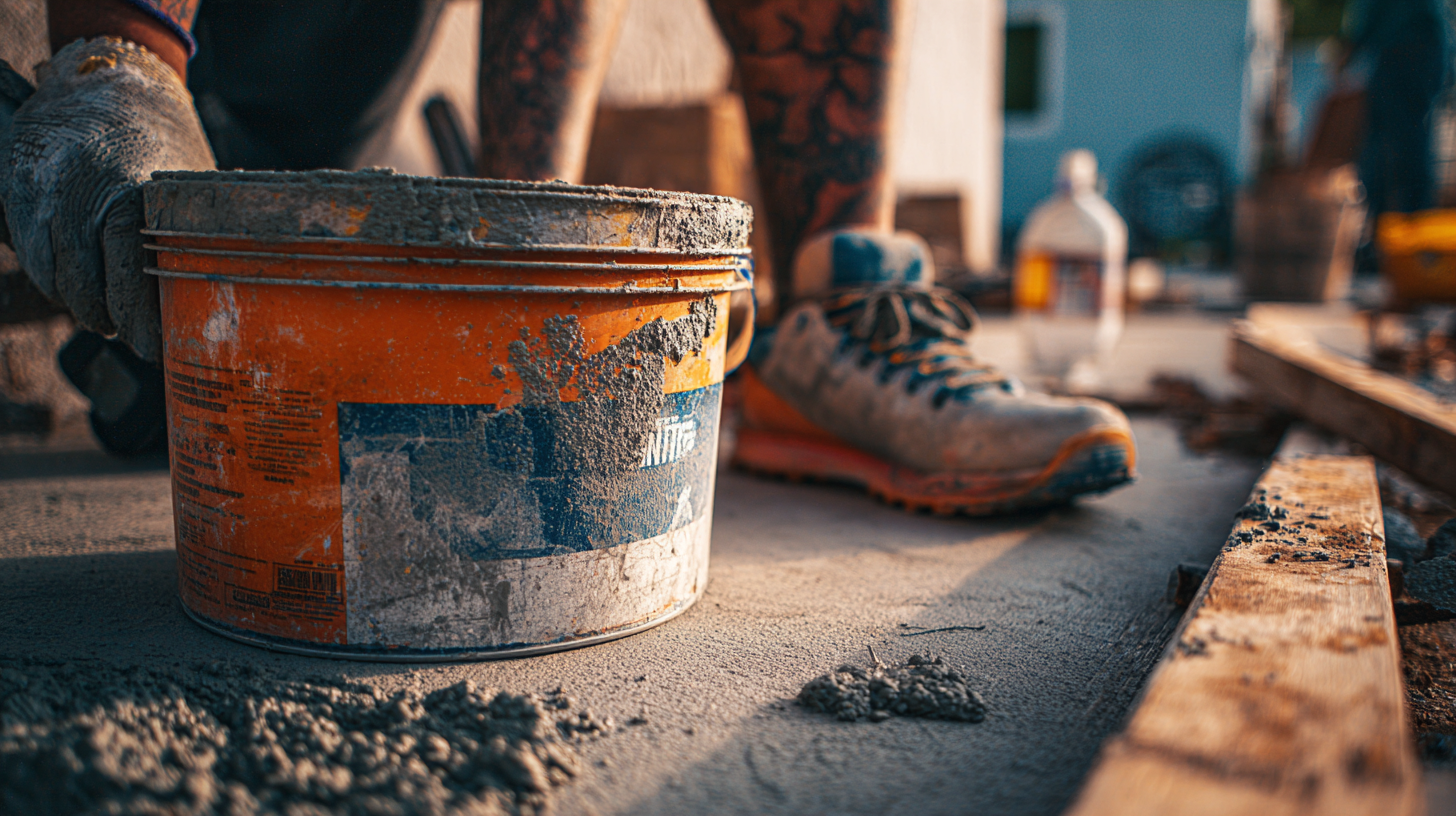 Maintaining your concrete tools is crucial for ensuring their longevity and efficiency in your DIY projects. Regular cleaning should be your first line of defense; after each use, remove any concrete residue that may have accumulated on the tools. Using a stiff brush and water can often suffice, but for tougher buildup, a mixture of vinegar and water can help break down the debris. Additionally, always dry your tools thoroughly to prevent rust and corrosion, which can significantly impact performance.
Maintaining your concrete tools is crucial for ensuring their longevity and efficiency in your DIY projects. Regular cleaning should be your first line of defense; after each use, remove any concrete residue that may have accumulated on the tools. Using a stiff brush and water can often suffice, but for tougher buildup, a mixture of vinegar and water can help break down the debris. Additionally, always dry your tools thoroughly to prevent rust and corrosion, which can significantly impact performance.
Storage is another essential aspect of prolonging the life of your concrete tools. Always keep them in a dry, climate-controlled environment to avoid exposure to moisture. If possible, hang your tools or store them in a way that minimizes physical contact with other surfaces to prevent scratches and damage. Furthermore, periodically check the moving parts and joints; applying a light machine oil can keep them functioning smoothly and extend their usability, making your DIY projects much more enjoyable and efficient.
Related Posts
-
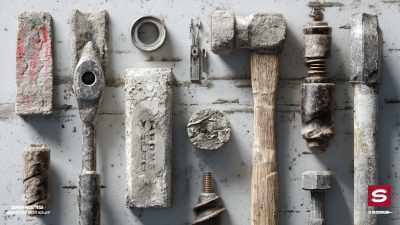
Exploring the Unique Features and Applications of the Best Concrete Tools for Global Buyers
-
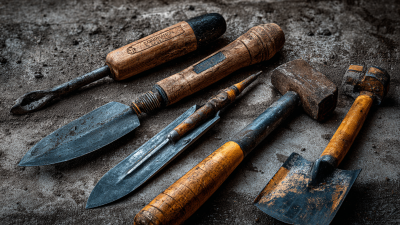
10 Best Concrete Tools That Will Transform Your Construction Projects
-
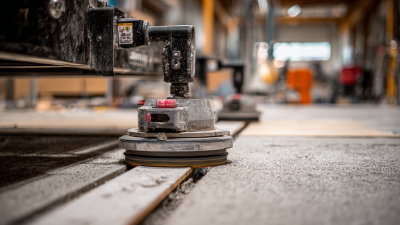
How to Maximize Efficiency with Concrete Grinding Equipment in Your Projects
-

Unveiling the Best Diamond Grinding Techniques: A Comprehensive Comparison for Professionals
-

Understanding Global Production Standards for Best Grinding Tools and How to Choose the Right Option
-
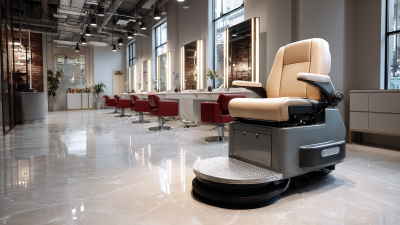
Solutions for Achieving Perfect Finishes with the Best Polisher Machine
